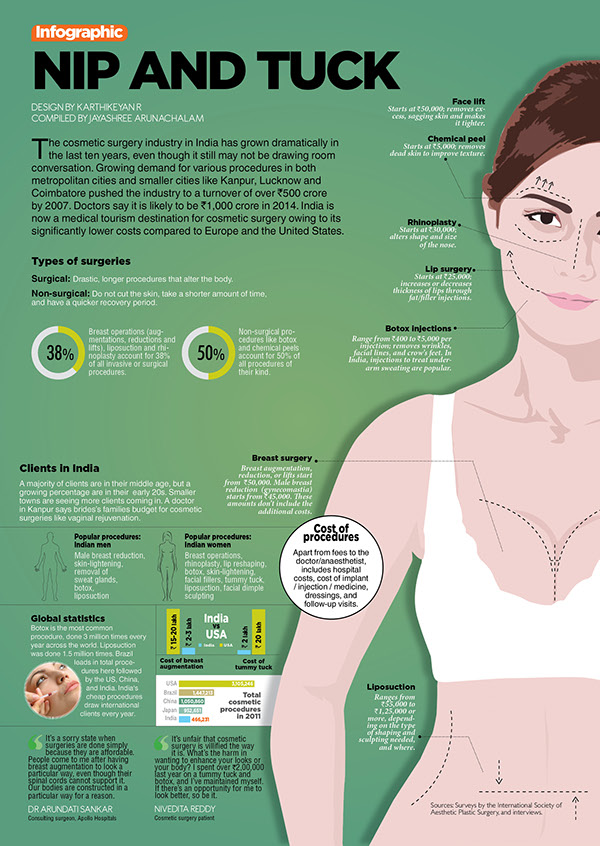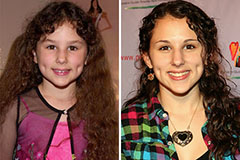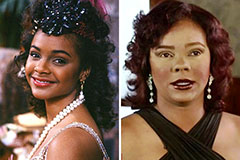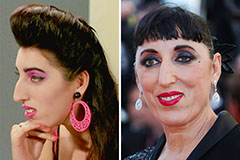Acne place therapies can be an efficient tool in the fight against pimples. Yet like all skin items, they should be applied effectively to get the best outcomes.
For instance, prior to using a place therapy, you need to take into consideration icing the location. This air conditioning method helps speed up the healing process and will make your spot treatment more effective.
1. Cleanse the Area
Before applying a spot treatment, be sure to thoroughly cleanse the area. Using a therapy to unclean skin will certainly be much less reliable and can create irritability.
Acne place therapies function by providing a high dose of acne-fighting components directly to a breakout, explains dermatologist Michelle Henry. These products can come in many kinds, from lotions to gels or lotions, and they're normally created to target energetic outbreaks to decrease inflammation, redness and speed up the recovery procedure.
Some kinds of area treatments have anti-inflammatory ingredients, while others are drying, like retinoids or sulfur, which aid to unblock pores and do away with excess oil. There are likewise formulas that help discolor post-acne marks or dark places, thanks to lightening up components like L-ascorbic acid and niacinamide. Some even have blemish-squashing abilities, like adapalene, which functions to swiftly clear acnes by blocking the pore's opening. You can find these at the counter or by prescription from a dermatologist.
2. Use the Place Therapy
An area treatment supplies a high dosage of acne-fighting components directly to the infected location. The objective is to kill bacteria and reduce red marks, swelling or any kind of scabbing left. For instance, our acne spot therapy consists of 2.5% Benzoyl Peroxide, so it doesn't dry skin or create painful.
If you have a visible whitehead that's ready ahead out, you can use a non-drying spot treatment at going to bed to aid promote the procedure without irritating the bordering skin. Or else, reach for a drying out area treatment when the acne has already fractured and is subjected.
A spot treatment must be utilized separately from daily therapies or lotions that you put all over your face, unless your medical professional suggests it for long-lasting use. The factor is that area treatments are designed to be applied directly to imperfections or dark areas (depending upon what you're treating) and not over huge locations of mostly clear skin, as this can aggravate the healthy and balanced skin and trigger a rash.
3. Wait a Few Minutes
You'll locate that a lot of spot therapies have directions for the length of time to leave them on for maximum efficiency. Follow those referrals to stay clear of inflammation or drying out the skin-- an usual skincare mistake that dermatologists say can flare your acne.
One more skincare routine to prevent is applying multiple therapies to a solitary acne or breakout. That consists of both spot therapies and creams that are part of your day-to-day skin care regimen. Skin specialists suggest waiting a few mins before making use of other items on top of your acne place treatment to give it time to function without getting watered down or disturbed.
One exemption to this rule is sun block, which dermatologists agree need to be applied initially since it requires some time to work with its hills med skin own to permeate your pores, states Goldenberg. Simply make sure to rub out any other skincare items before reapplying your sun block. That will guarantee it covers the blemish effectively and helps discolor any red or dark marks that might have been left by your acne scars.
4. Hydrate
The majority of skin specialists concur that applying acne therapy, serums and lotions in the proper order will aid minimize outbreaks. This means cleanser first, adhered to by any therapies with a thinner uniformity and after that a cream for oily skin. This includes a non-comedogenic cream or lotion with shea butter, jojoba oil or another all-natural cream that will secure moisture without blocking pores.
Acne place treatments are powerful, targeted solutions designed to service a specific acne. They function to kill the bacteria that triggers swelling and avoid an acne from growing or spreading. They are not indicated to be made use of as a general all-over acne therapy and applying them to areas past the target area can trigger irritability and a rash.
If your skin feels as well completely dry after using an area therapy, downsize the application and moisturize more frequently. You might also want to think about switching over to a different kind of acne therapy, like our low-dose 2.5% benzoyl peroxide acne therapy. It is scientifically verified to clear and protect against acne with less dryness, inflammation or itching than various other prescription acne medications.

 Amanda Bynes Then & Now!
Amanda Bynes Then & Now! Hallie Eisenberg Then & Now!
Hallie Eisenberg Then & Now! Lark Voorhies Then & Now!
Lark Voorhies Then & Now! Michelle Trachtenberg Then & Now!
Michelle Trachtenberg Then & Now! Rossy de Palma Then & Now!
Rossy de Palma Then & Now!